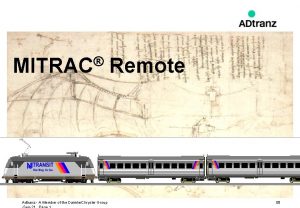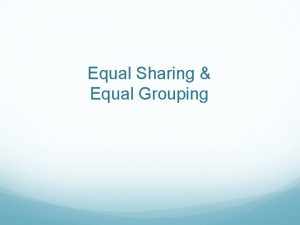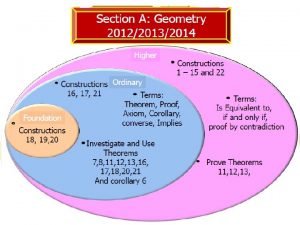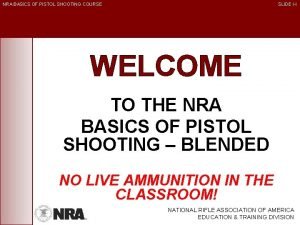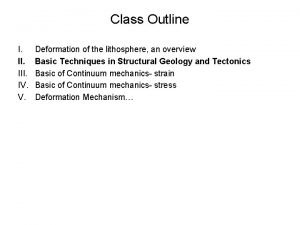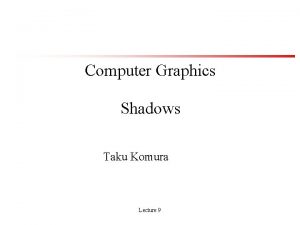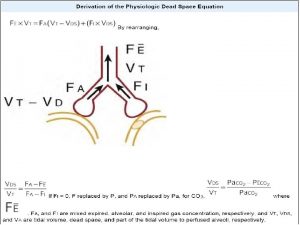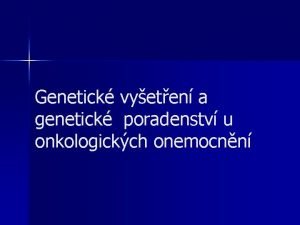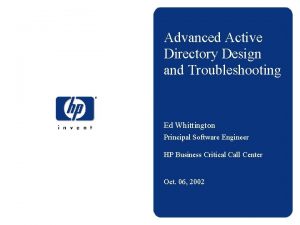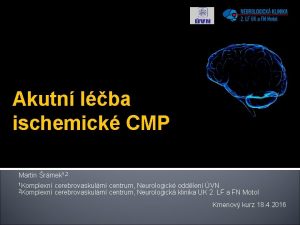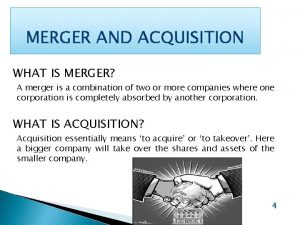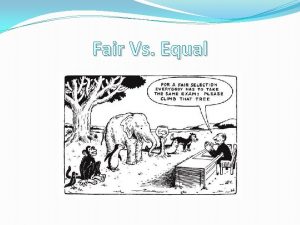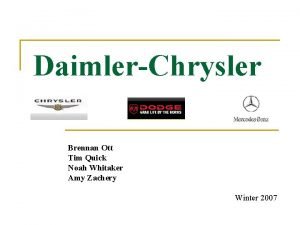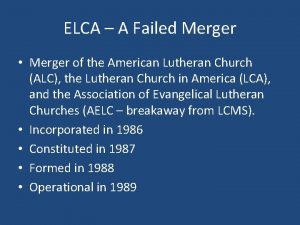DAIMLERCHRYSLER MERGER A CULTURAL MISMATCH MERGER OF EQUAL














- Slides: 14

DAIMLER-CHRYSLER MERGER: A CULTURAL MISMATCH? ? ? “MERGER OF EQUAL” OR “MARRIAGE MADE IN HEAVEN” By, Prayash Neupane

WHAT’S IN THIS PRESENTATION ? ? ? Introduction ( History of both companies) Merger Process Merger motives Success and failure Cultural differences Analysis after merger Conclusion My Opinion on merger

DAIMLER-BENZ (1926 -98) In 1885, Daimler together with Maybach began work on the first engines that were designed specifically for use in motor vehicles. This German firm, initially operating at Cannstatt near Stuttgart, was the origin of the business variously known as Daimler Motoren Gesellschaft from 1890 to 1926, and then Daimler-Benz from 1926 to 1998. Daimler Benz was founded in 1926. An Agreement of Mutual Interest - was signed on 1 May 1924 between Karl Benzs Benz & Cie. , and Daimler Motoren Gesellschaft.

CHRYSLER CORPORATION (1925 -98) The company was founded by Walter Chrysler (1875– 1940) on June 6, 1925. The Chrysler was a 6 -cylinder automobile, designed to provide customers with an advanced, well-engineered car, but at a more affordable price than they might expect. The advanced engineering and testing that went into Chrysler Corporation cars helped to push the company to the second-place position in U. S. sales by 1936.

MERGER PROCESS In May, 1998, Daimler-Benz and Chrysler Corporation, two of the worlds leading car manufacturers, agreed to combine their businesses in what they claimed to be a ―merger of equals. The process began when Jurgen Schrempp and Robert Eaton met to discuss the possible merger on January 18, 1998. The merger was completed on November 12, 1998. The merger resulted in a large automobile company, ranked third in the world in terms of revenues, market capitalization and earnings, and fifth in the number of units sold. German and American styles of management differed sharply. To minimize this clash of cultures, Schrempp decided to allow both groups to maintain their existing cultures.

MERGER MOTIVES Daimler’s motives Chrysler’s motives Access to US market Access to Europe market Reduce cost of production Avoiding another crisis Fear of loosing their competitiveness Improve R&D department Wish to reach more middle class buyers Overcome the challenge of excess capacity and overproduction

SUCCESS OF MERGER The largest merger, before 1998 Increasing market power Flexible ways of integration of two different countries

SWOT ANALYSIS Strength Merger/ combined two strong companies. A leader of motivation Strong existing product brand Record revenue & increasing market share Weakness Combined two different culture Employee have been leaving at high rate Harder to inspire vision

SWOT ANALYSIS Opportunities Threats Quality & engineering skills Does not have corporate brand identity Distribution into the key markets Competitors New distribution of networks Behind in the research & marketing of hybrid autos Cultural differences

AFTER MERGER SHARE PRICE Price History US: DCX (1/1/1998 - 1/28/2002) 120 100 96 78 80 60 40. 8 41. 5 42 2000 2001 2002 40 20 0 1998 1999 Price History US: DCX (1/1/1998 - 1/28/2002) Fig, Daimler-Chrysler’s share prices between 1998 and 2002

CULTURAL DIFFERENCES Daimler-Benz 1) Corporate Structure 2) Corporate Culture 3) Customer Proposition 4) Value Chain Chrysler Hierarchical structure Team-oriented structure Management process of planning, organizing & controlling. More conservative, efficient & safe The driving image & experience associated with highest quality available in market Setting goals, directing & monitoring implementation. known as risk taking underdogs. (Daring, diverse & creating) Attractive eye-catching design at very competitive price High volume, low cost manufacturing & distribution Emphasis on engineering, design, quality and after sales service

CONCLUSION Employees in firms that are acquired or merged report lower overall job satisfaction, lower trust in management, and diminished sense of job security. (Gantz-Wiley Research, 2004) A successful merger would required the two companies to abandon their own business culture and create a new distinct one. ( Thomus Stallkamp Former president of Chrysler) Usally, it is extermly difficult to pin point exactly what role culture played in a success or failure. However in the case of Daimler-Chrysler, it would be a safe assumption to say that cultural factor was among the crucial factor which determine the downfall of company.

MY OPINION TO SOLVE THE PROBLEM Should have identified vast cultural differences in the corporate culture of both companies. The leaders of both Daimler-Chrysler should have exhibit cultural sensitivity and emotional intelligence to facilitate the growth of cohesive culture thorough the collaboration of shared meaning and values.

ANY QUESTIONS ? ? ?
 Daimlerchrysler services fleet management
Daimlerchrysler services fleet management Equal sharing or equal grouping is called
Equal sharing or equal grouping is called Vertically opposite triangles
Vertically opposite triangles Equal height equal light
Equal height equal light Equal area vs equal angle stereonet
Equal area vs equal angle stereonet Equal height equal light
Equal height equal light Excel vba type mismatch
Excel vba type mismatch Lung recruitment maneuvers
Lung recruitment maneuvers Apc mismatch
Apc mismatch Ad / sysvol version mismatch,enforced
Ad / sysvol version mismatch,enforced Dna repair pathways
Dna repair pathways Dwi flair mismatch
Dwi flair mismatch Copd v/q mismatch
Copd v/q mismatch Semantic mismatch example
Semantic mismatch example Apc mismatch
Apc mismatch
